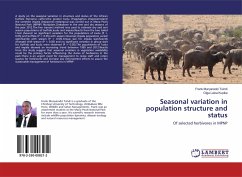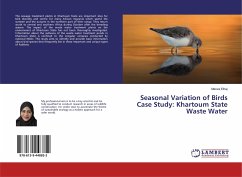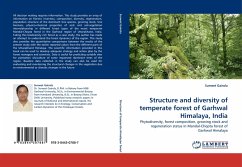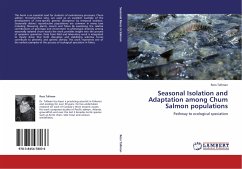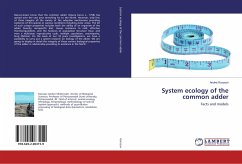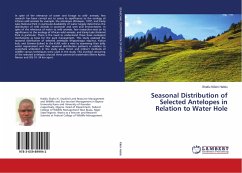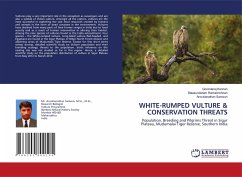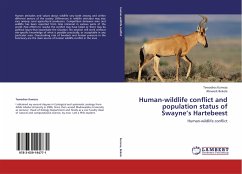A study on the seasonal variation in structure and status of the African buffalo (Syncerus caffer),the greater kudu (Tragelaphus strepsiceros)and the common impala (Aepyceros melampus) was carried out in Mana Pools National Park (MPNP) floodplain,Zimbabwe in the wet and dry seasons of the year 2012.The line transect method was used to estimate dry and wet season populations of buffalo,kudu and impala.Results from the two tailed t-test showed no significant variation for the populations of kudu (P 0.05) and buffalo (P 0.05) with season.However,impala population varied significantly with season (P 0.05).The populations of kudu and impala showed an increasing trend between 1995 and 2012.Results from this study suggest that seasonal variation in vegetation availability could be the primary factor influencing the status of herbivores in the park.There is an urgent need for management to revise staff and ration quotas for herbivores and increase law enforcement efforts to assure the sustainable management of herbivores in MPNP.

